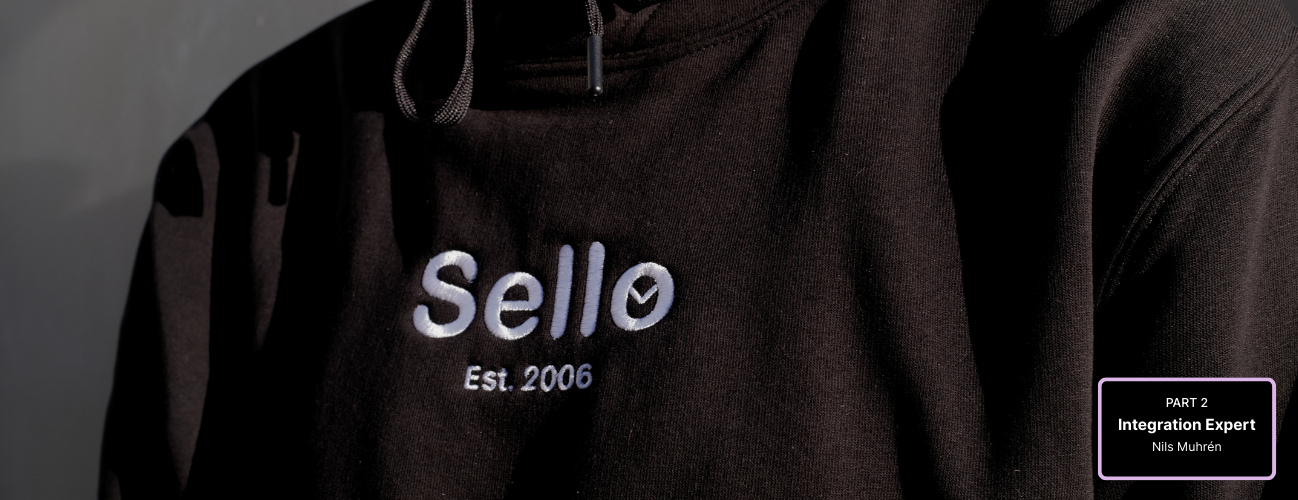OUR COMPANY
Subscribe to newsletter
Thank you!
Oops! Something went wrong while submitting the form.


What separates a good integration from a great one?
Not all brands have the same logistics setup, and this creates different needs in the integration flow.
If a brand is handling logistics themselves or through a 3PL partner, a great integration should support:
If logistics are outsourced to the marketplace’s fulfilment program, the integration flow changes slightly:
You don’t need all of these from day one, but having them in place enables a highly automated marketplace setup.
If your e-com lacks a flexible PIM, it can be smart to use a marketplace iPaaS platform with built-in PIM as middleware. This helps with article onboarding, supports custom mapping rules, and handles marketplace-specific requirements like product data and image standards that often differ from your main e-com setup.
It depends on the brand and fulfillment model. For marketplace fulfillment setups, article creation is often the bottleneck especially for non-fixed assortments. Marketplaces frequently have strict article data and image requirements, including specific formats, minimum sizes, background colors, and even image composition rules.
You don’t create articles every day, but when you do, it can be time-consuming, especially image adjustments.
What takes the most ongoing time, if not automated, is order management. This is not relevant for brands using fulfilment services like FBA or ZFS, but for others, it can be very manual.
For example, Zalando has one of the most complex order flows:
Doing this manually at volume is not sustainable without proper integration.
My interpretation of this question is: how would I structure my e-com and its integrations?
I would start by centralizing the business and selecting the right partners early. Rebuilding later is resource-heavy.
A good iPaaS lets you define rules and mappings per channel, pulling combined data from ERP and PIM and sending it to the correct fields.
With the right setup, you can expand to new channels easily.
If you’re serious about marketplaces, invest in tools that support day-to-day operations without needing a large team.
Automation without losing control is key.
It depends on the company. But two common things I see:
To sum up:
Keep your setup simple but effective.
Use fewer systems, but choose the right ones.
And always evaluate providers (ERP, PIM, WMS, iPaaS) carefully to ensure they fit your actual needs.
Nils Muhrén, Integration expert


